Fresco of an Ancient Roman Dye Shop
Roman men generally wore white or natural wool colored clothing, and there were specific rules and customs governing when these could be decorated with stripes and trim. Men had more freedom in the colors of their cloaks, though there were still customs governing which colors were appropriate for various positions and occasions. Women, however, were not as restricted in the colors they could wear and their clothes were generally more colorful . You can see the colors that were available to Romans in the first century below. I found these examples on Etsy, mostly made with the actual materials used in ancient times.
COLORS OF THE COMMONERS
In addition to white and natural wool there were various colors that were inexpensive enough that most people could afford them. The colors below were made with dyes that were in a commoner's price range: Madder for red, pinks, peaches and browns. Weld for yellow. Lichen for green (and brown). Woad for blue.
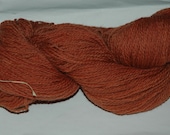 | 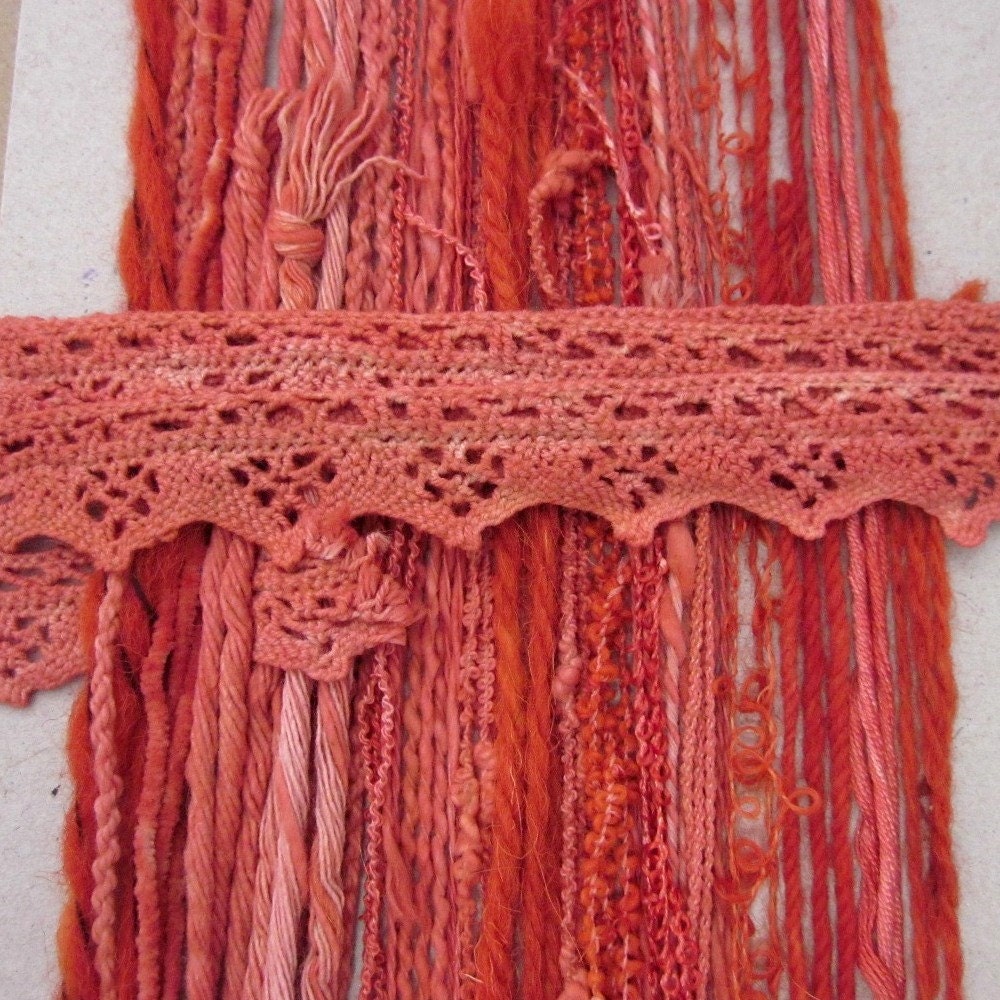 | 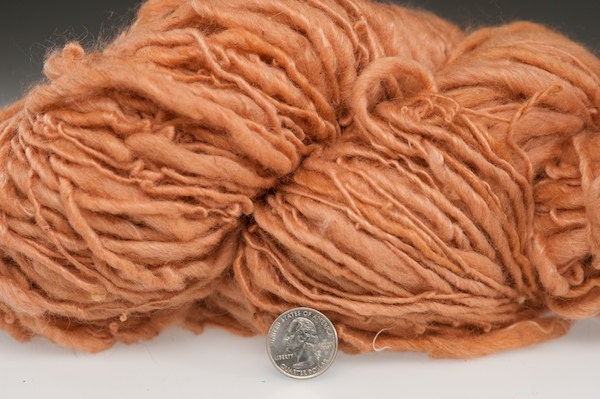 |
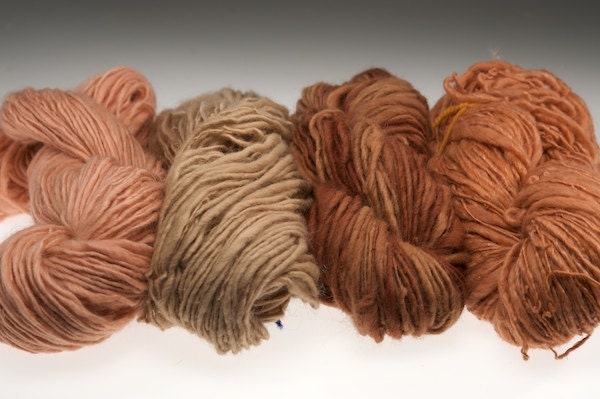 |  | 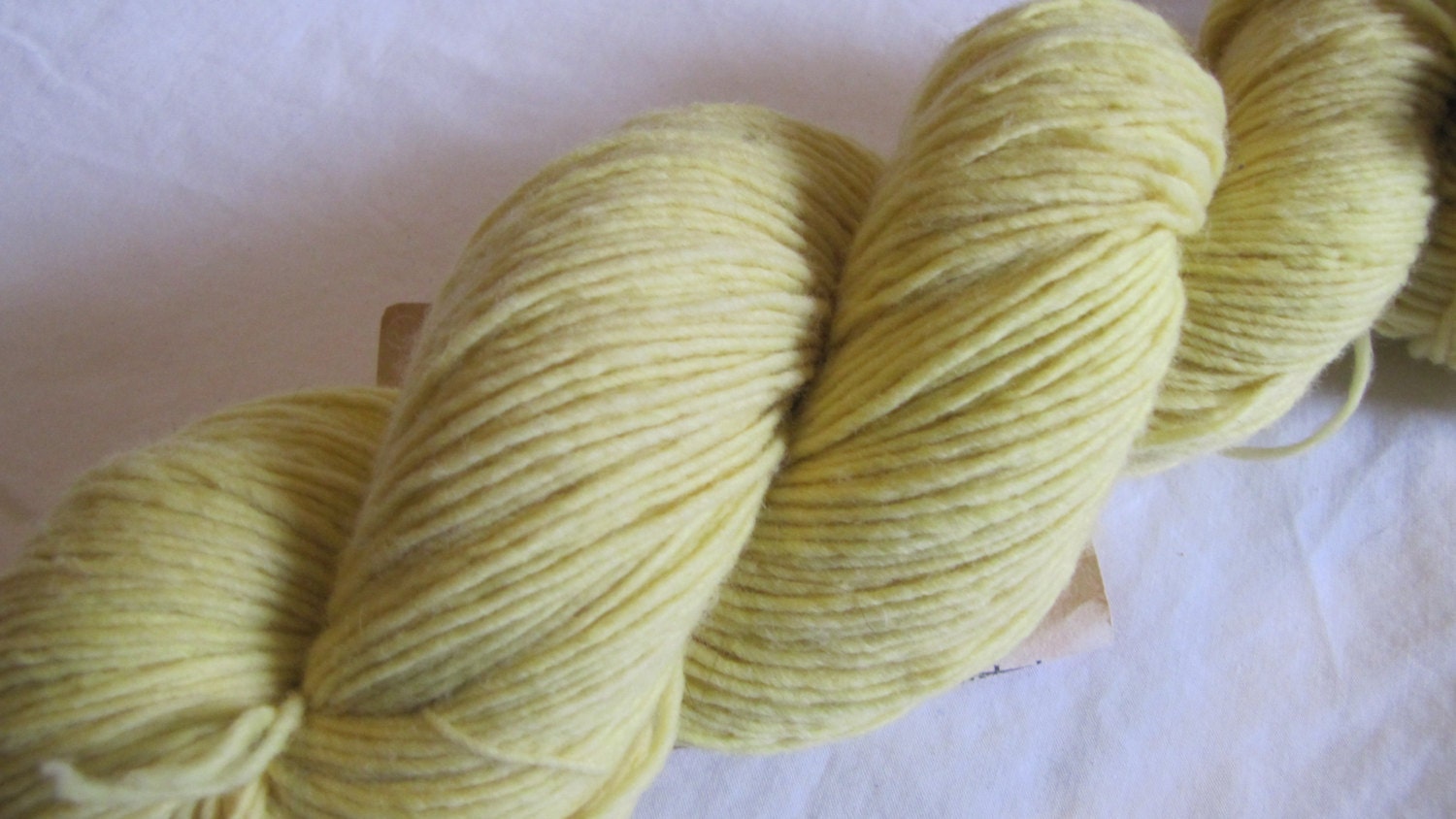 |
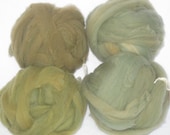 | 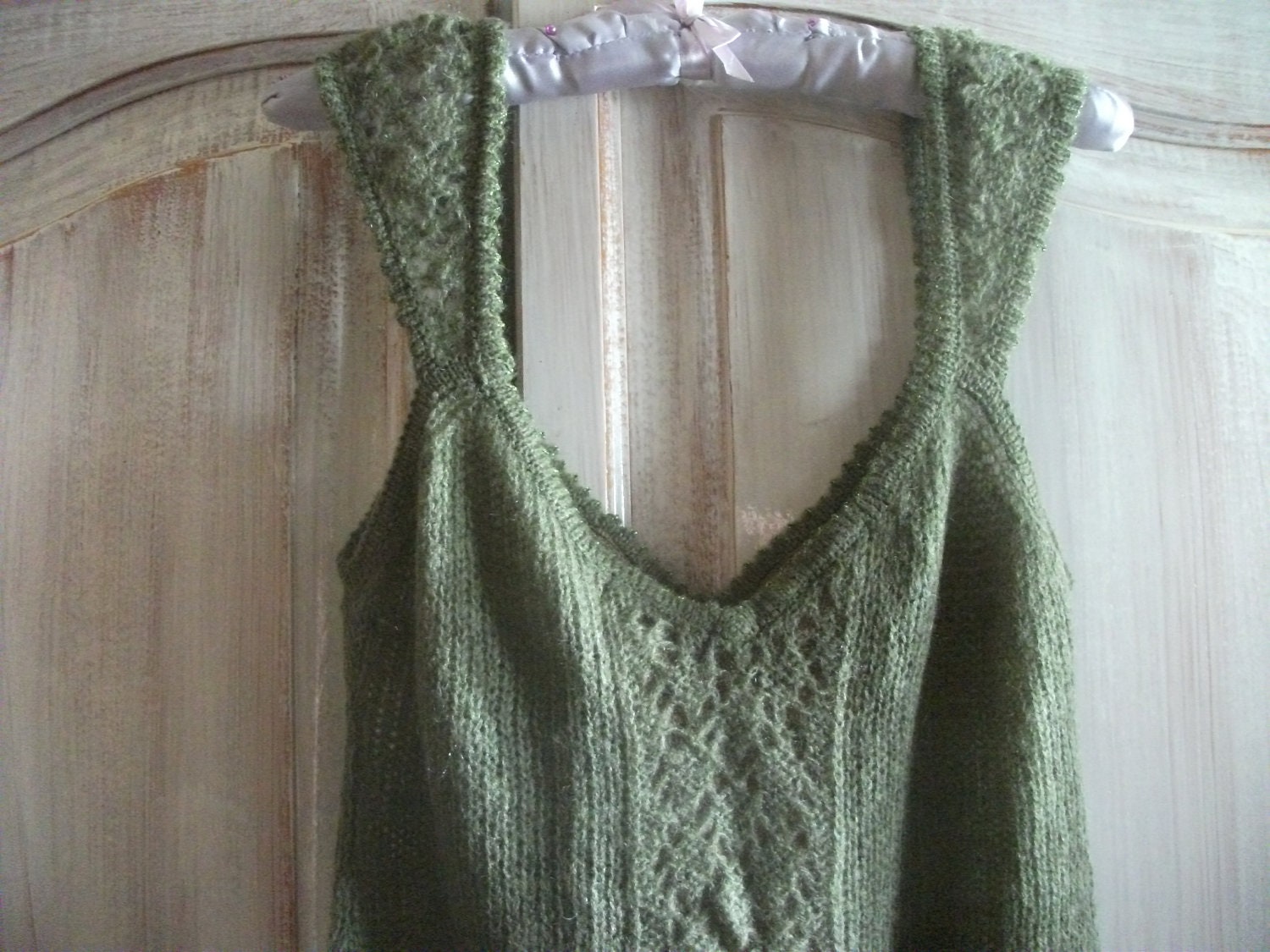 | 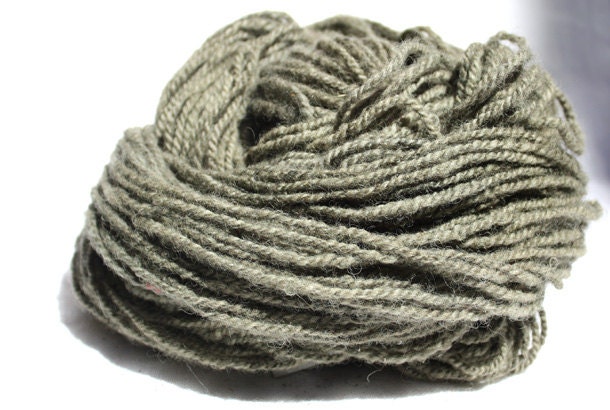 |
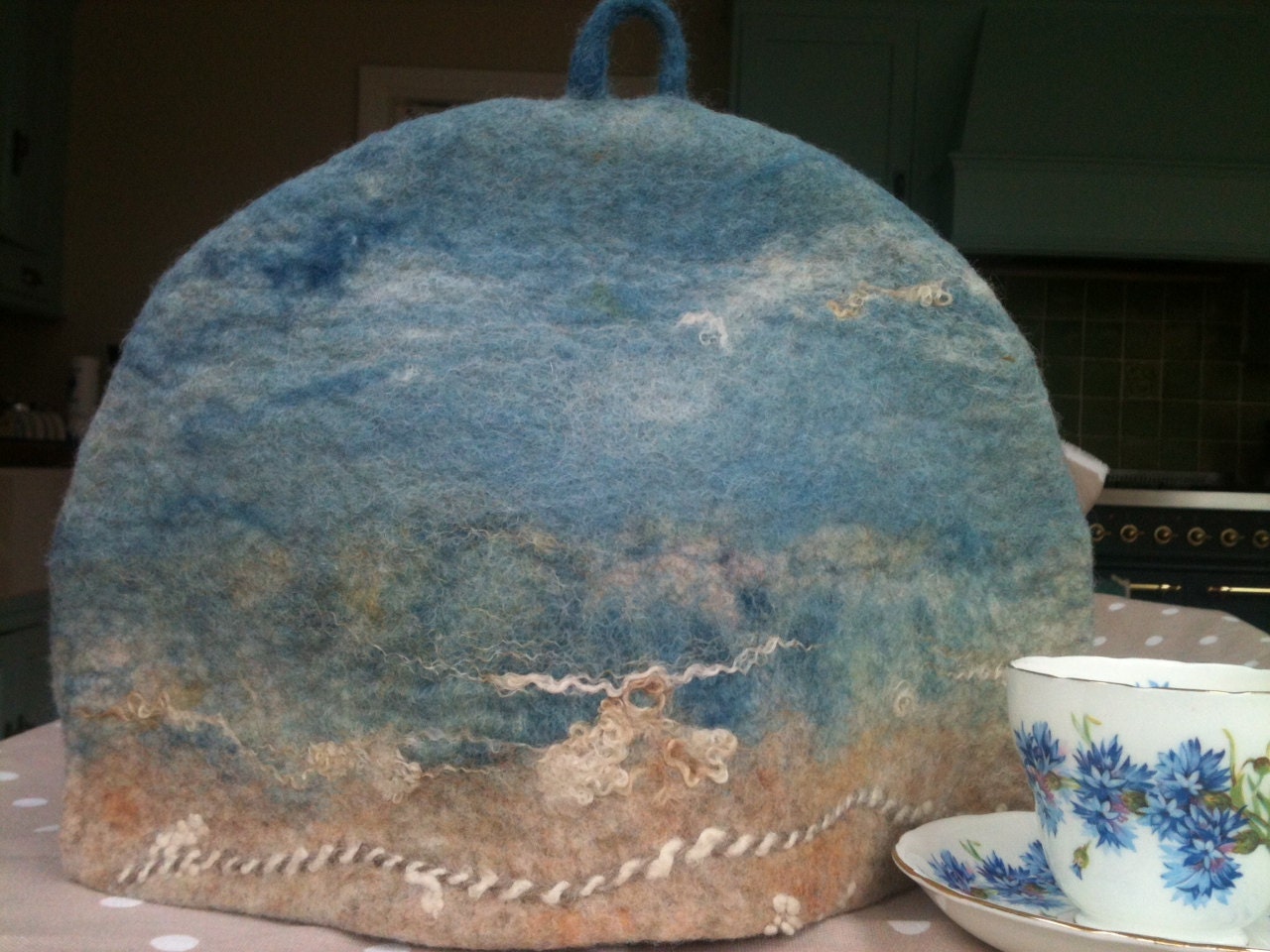 |  | 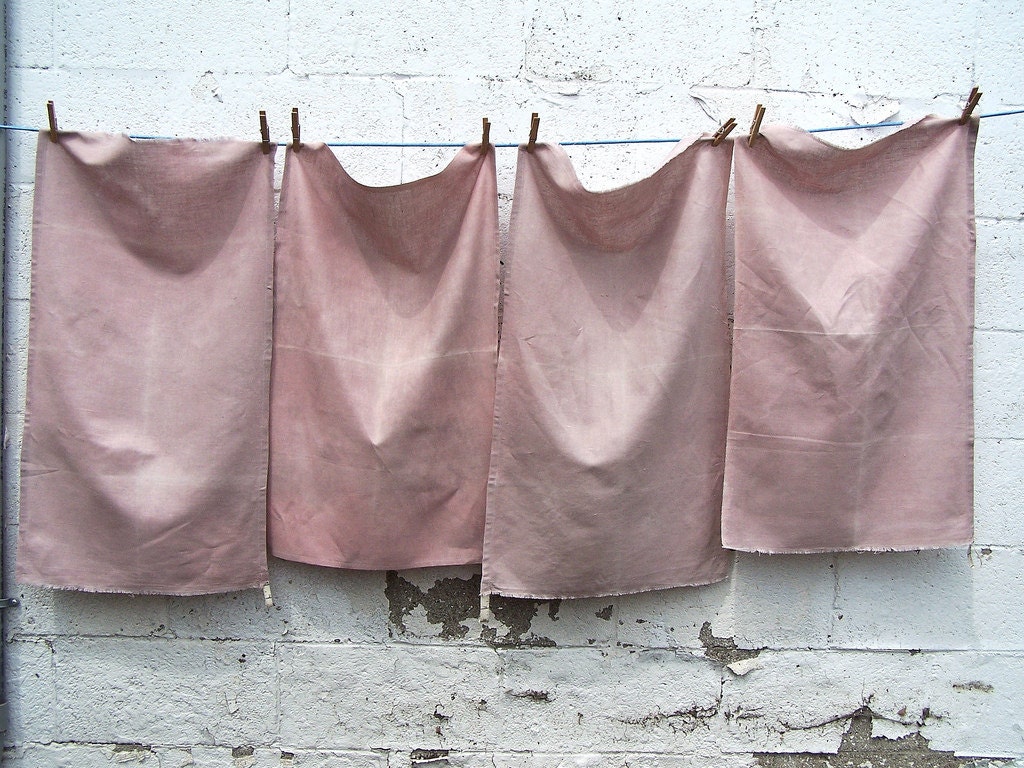 |
Treasury tool by StylishHome. Thanks to the people on Etsy who let me use these pictures.
You can click on the picture to visit their shops.
*All of these items shown below were actually made with dyes that were used during the Roman empire, except the green...I couldn't find anyone making green with lichen on Etsy, but did find examples on this site and this one which showed some greens actually made with lichen, which I used to pick green items above that matched the shade.
The following colors would have cost quite a bit more to make. The darker and more vivid the color, the more expensive it would be. These colors were made with saffron (yellow/orange), indigo (blue), kermes insects (crimson), and the most expensive of them all, the murex shell (tyrian purple...which could be nearly blood-red). These would have only been available to the very rich, and it would have been a symbol of your status to wear them. Over time, laws governed what colors could be worn and by whom.
Roman senators wore purple trimmed togas, as did high born Roman children (the purple trim was to protect them from evil). During the reigns of Caesar and Augustus, wearing purple was restricted to people who hold certain offices and certain dignities. By the 4th century, the most costly forms of purple was only allowed to be worn by the emperor and their family.
Saffron yellow was the traditional color of brides veils.
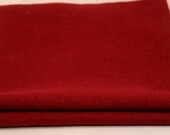 | 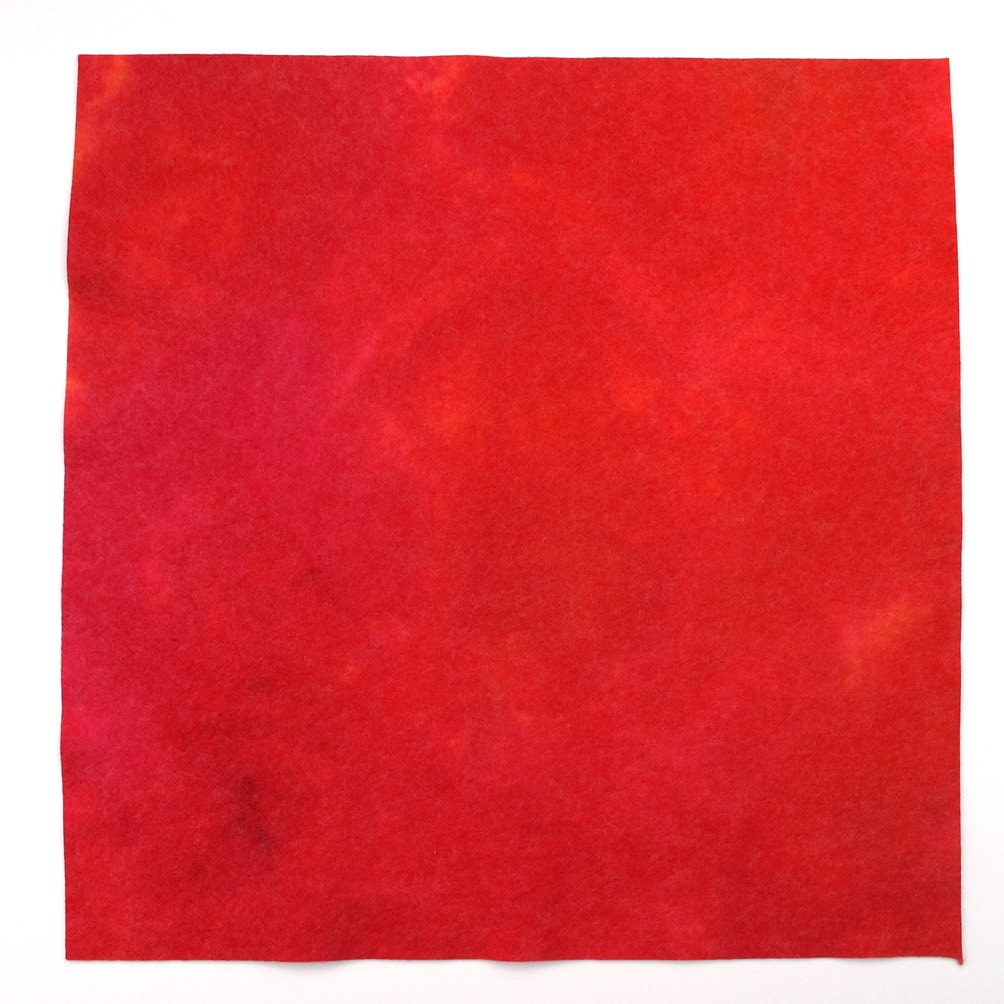 | 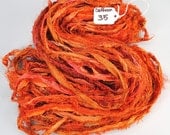 |
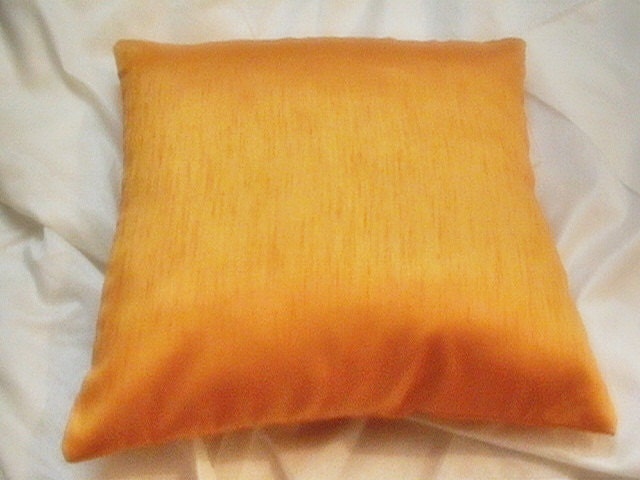 |  | 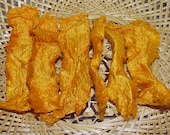 |
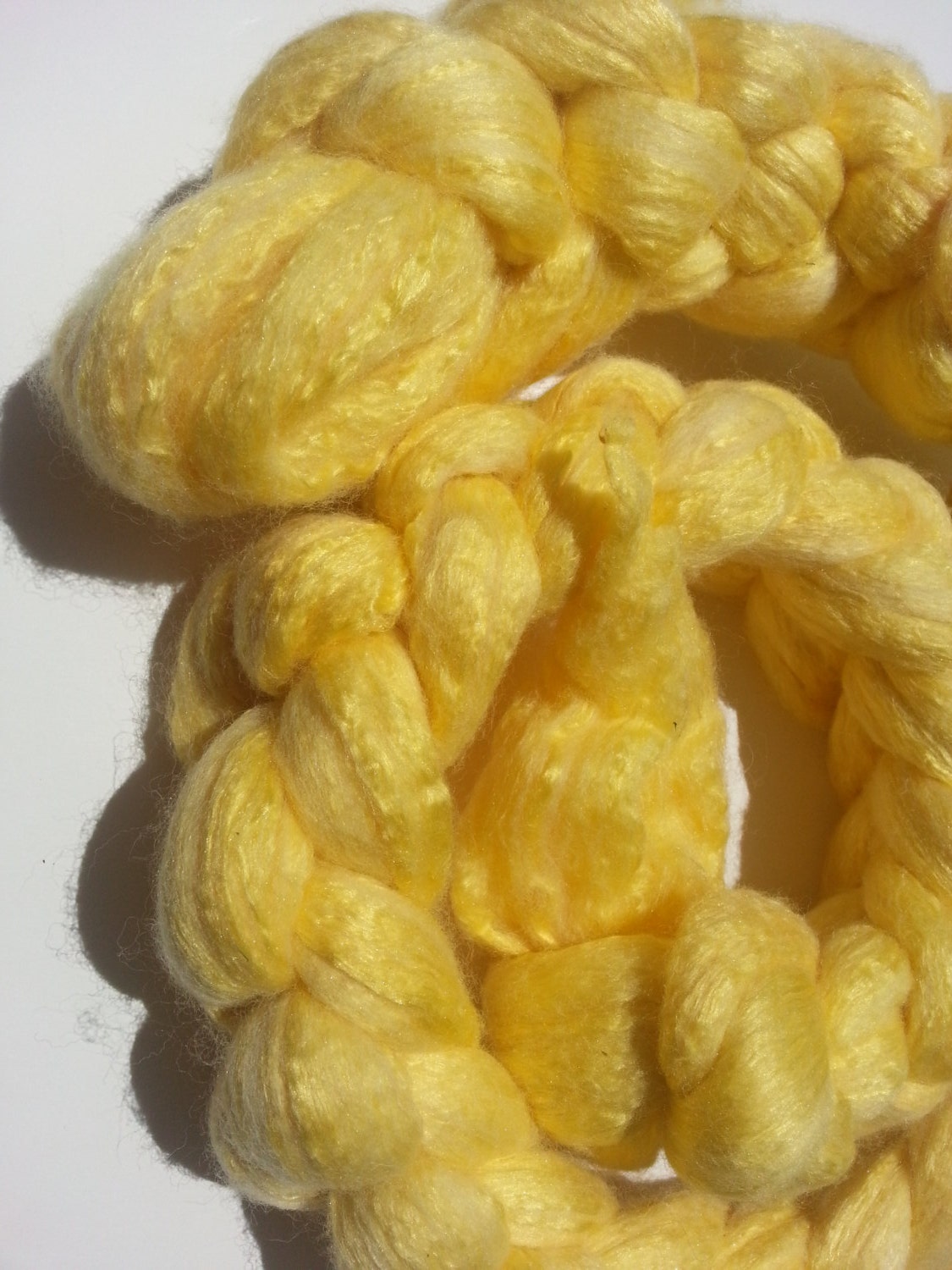 | 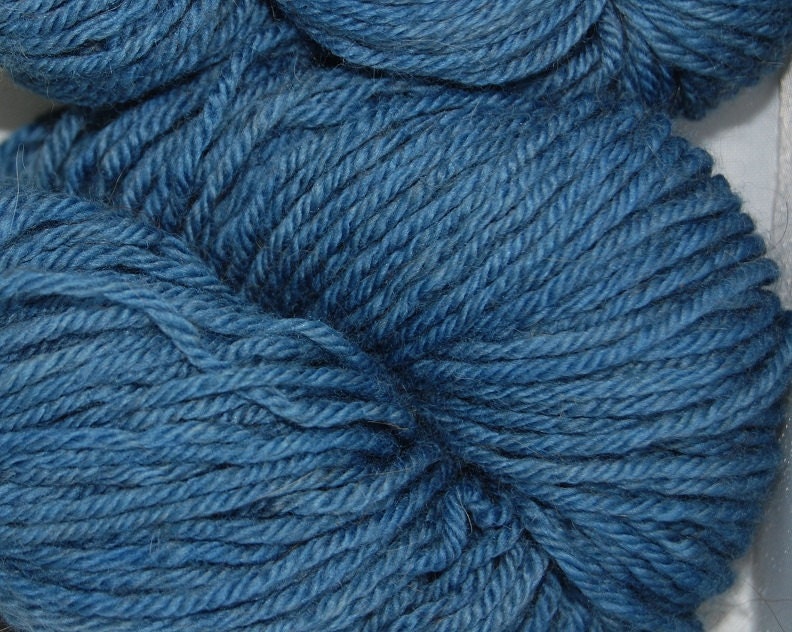 | 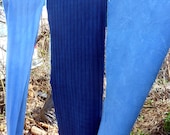 |
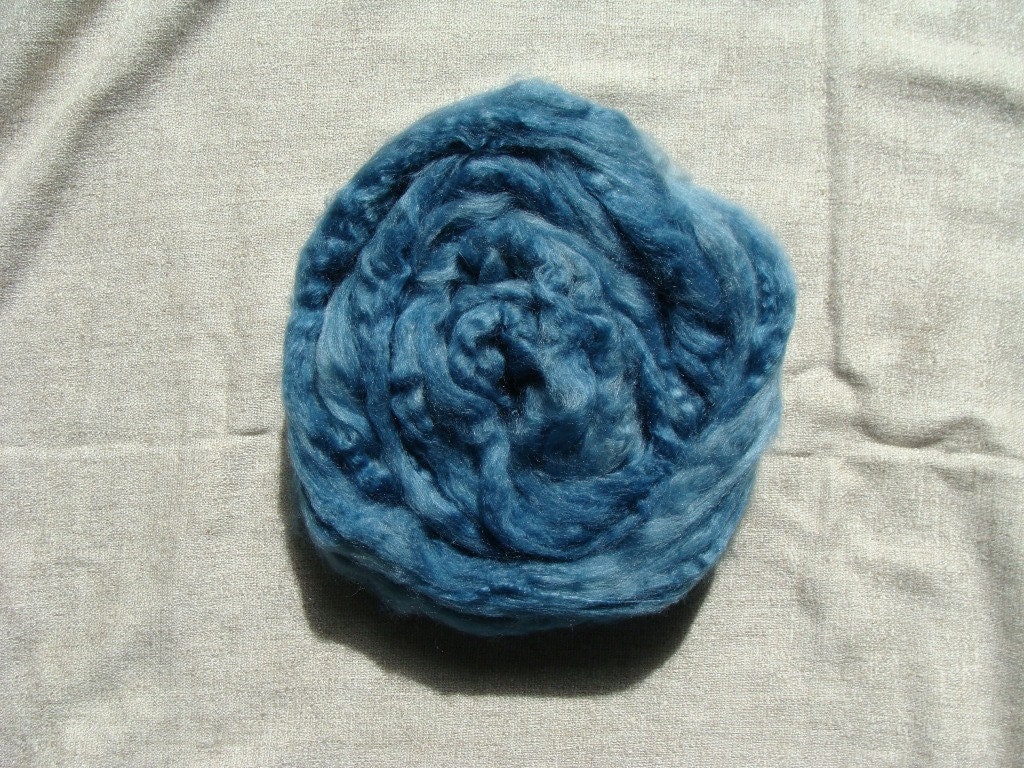 | 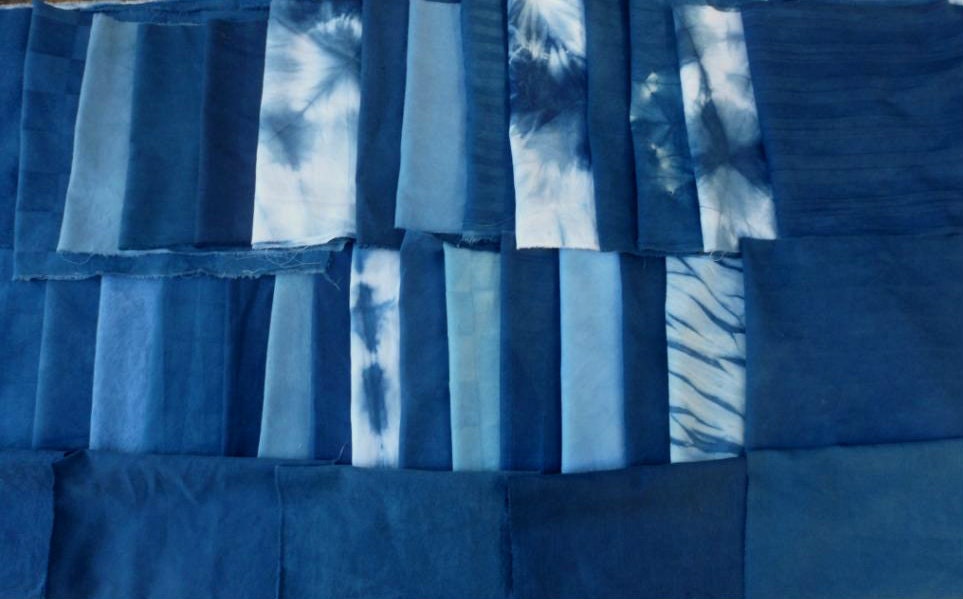 | 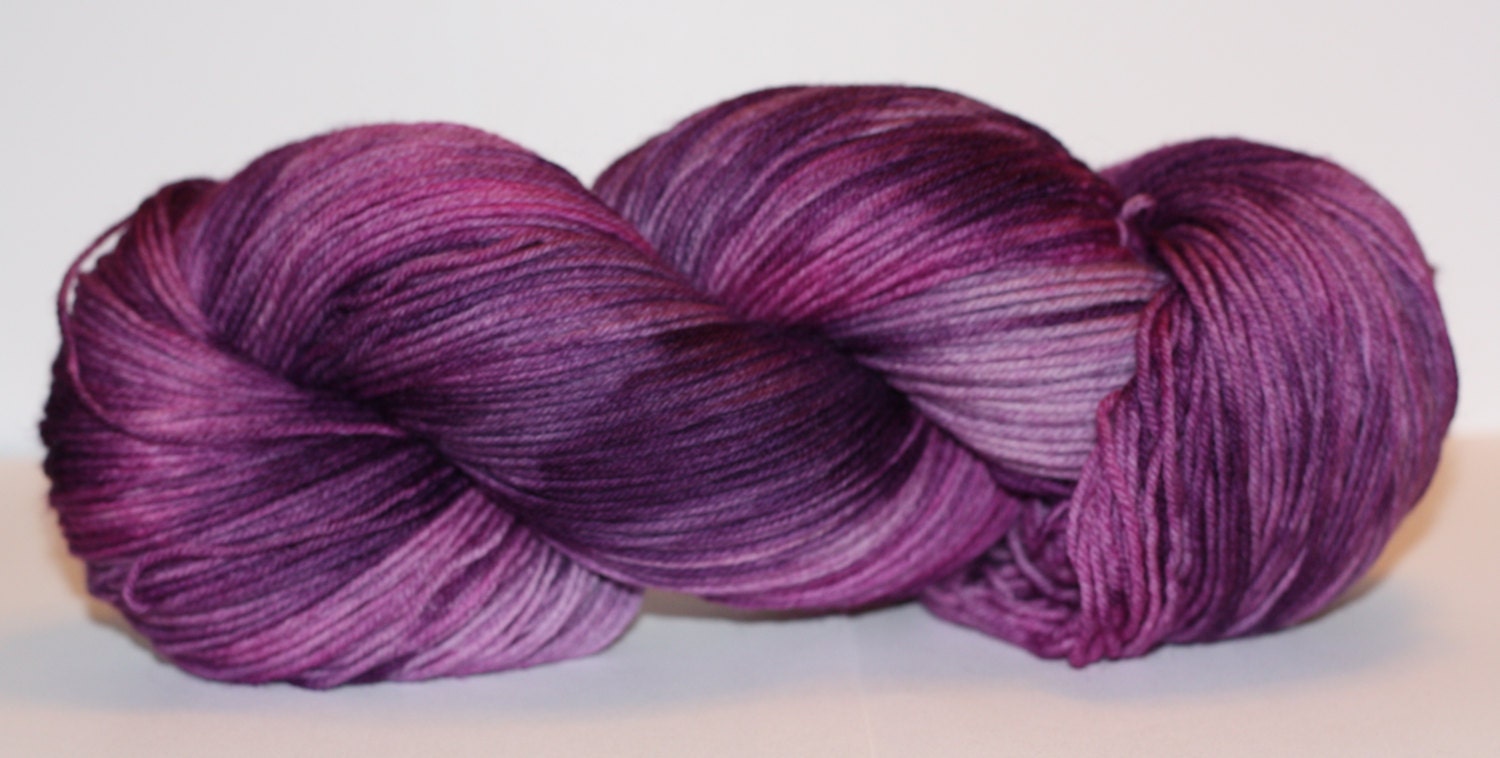 |
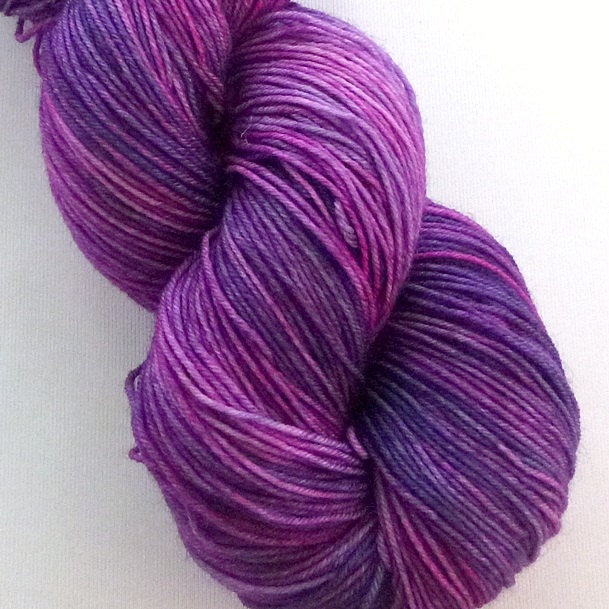 | 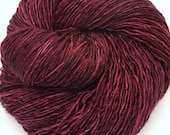 | 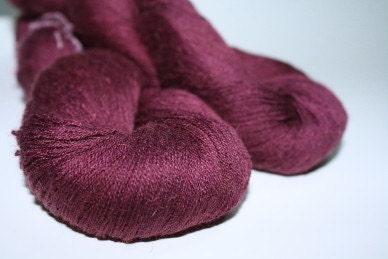 |
Because there are much cheaper ways to make these colors today, I couldn't find anyone on Etsy using, for instance, kermes insects or murex snails to dye their wares, but I found some other pictures online of actual items made with these dyes and matched them with the colors shown above. I did find things died with blue indigo though, and some of the yellows were actually made with saffron (all shades were matched to those achievable with saffron).
Thanks to all the people on Etsy who let me use these pictures.
You can click on the pictures in the color mosaics to visit their shops. Most of the particular items shown have been sold but you can find other similar items.
Here are the sources I found of actual items dyed with the rarer historic dyes:
Dyed With Saffron
http://fuhlendesigns.com/?p=89
http://rugrabbit.com/Item/saffron-dyed-19thc-chinese-silk-gowntibetan-aristocratic-use
http://www.creakeabbey.co.uk/saffron-dyeing-workshop-a-great-mothers-day-gift
http://www.ifimages.com/public/image/1437900/view.html
http://www.ifimages.com/public/image/1438440/view.html
Dyed wtih Murex Shell Tyrian Purple
http://www.green-lion.net/colour_purple.html
http://www.dailykos.com/story/2013/02/10/1185834/-The-Daily-Bucket-seashore-sex
http://www.nhm.ac.uk/nature-online/species-of-the-day/collections/our-collections/plicopurpura-pansa/index.html
https://en.wikipedia.org/wiki/Tyrian_purple
Dyed With Kermes
http://en.wikipedia.org/wiki/Kermes_(dye)
More information on dyes was found at these sites, among others that I forgot to record....
http://www.elizabethancostume.net/cibas/ciba9.html
https://www.getting-my-medieval-on.com/wp-content/uploads/2017/08/romanwomensgarb-arriamarina.pdf
https://www.encyclopedia.com/humanities/culture-magazines/dress-roman-women
https://kidskonnect.com/history/roman-clothes/#:~:text=Tyrian%20purple%20was%20the%20most%20sought%20after%20and,also%20wear%20a%20toga%20with%20a%20purple%20border.
https://en.wikipedia.org/wiki/Tyrian_purple
More information on dyes was found at these sites, among others that I forgot to record....
http://www.elizabethancostume.net/cibas/ciba9.html
https://www.getting-my-medieval-on.com/wp-content/uploads/2017/08/romanwomensgarb-arriamarina.pdf
https://www.encyclopedia.com/humanities/culture-magazines/dress-roman-women
https://kidskonnect.com/history/roman-clothes/#:~:text=Tyrian%20purple%20was%20the%20most%20sought%20after%20and,also%20wear%20a%20toga%20with%20a%20purple%20border.
https://en.wikipedia.org/wiki/Tyrian_purple

A beautiful collection of naturally dyed colors! Great research. I do know that you can get a pretty good yellow using onion skins.
ReplyDeleteThank you! I've really wanted to try dying with onion skins. Sounds fun!
Delete